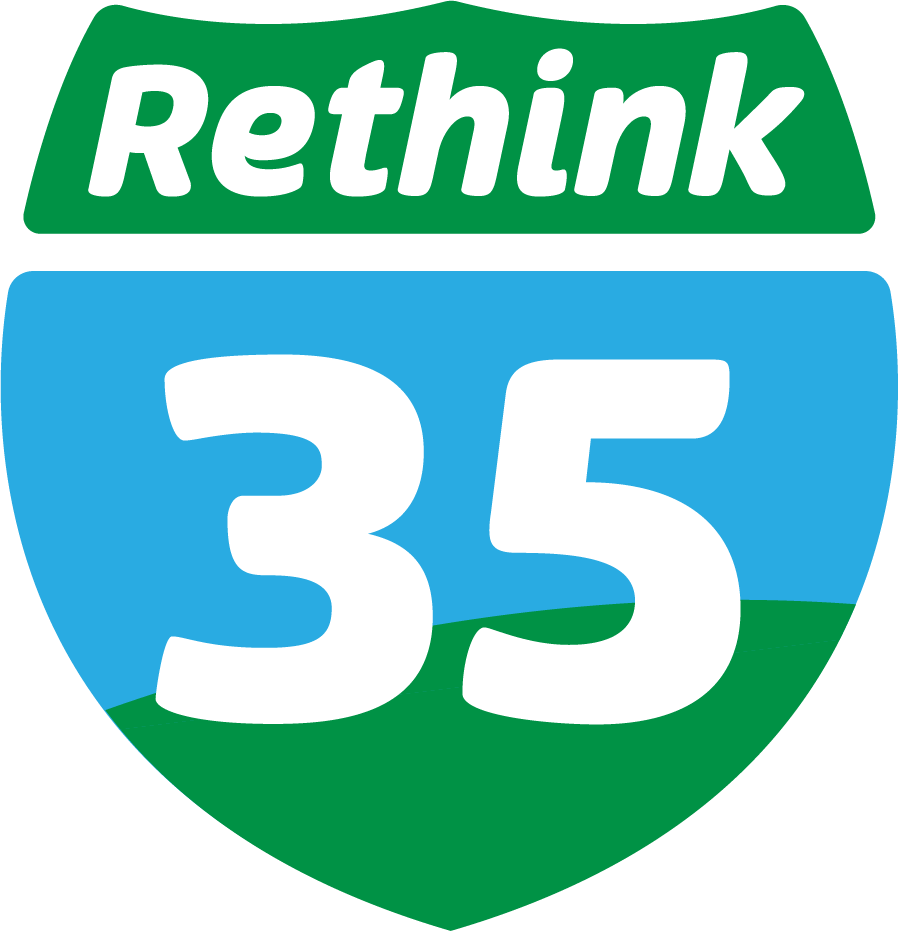Hazmat Transport and Highway Expansions as a Public Health Issue
We need to have a conversation about hazardous materials (hazmat), more specifically, its transportation on highways.
One of the inescapable realities of modern life is that our activities generate waste, much of which is hazardous to human health and/or the environment. Fortunately, for the time being, we have regulations in place to minimize the impact. However, hazardous waste is not always disposed of locally, especially in areas with minimal infrastructure. And that often means transporting along our highways from the point of generation to the point of disposal.
So let’s explore this reality a bit further, shall we?
Over two million shipments of hazardous material traverse our highways daily. Human error is the leading cause of incidents involving hazardous material spills and accidents, and with increased complexity and distractions of city highways comes a higher potential for this error.
While it’s likely impossible to entirely avoid transporting hazardous materials through cities (which do contribute to the generation of hazardous materials), it presents the question of when hazardous waste should be transported near highly populated areas. The accidental release of flammable liquids, chlorine gas, explosives, radiological material, etc into a densely populated area could have severe consequences to human health.
We learned this after the incident in East Palestine, Ohio, which involved a derailed train spilling vinyl chloride into the community. An NPR article published on February 5, 2024, a year after the disaster, indicated that the community was still rebuilding as of that time, to the tune of $800 million. The community was literally split in two. How do you cross a disaster site?
I-35 runs right through the heart of Austin and many people live in neighborhoods and apartment complexes right next to the highway. (No source needed. Use your eyes the next time you find yourself near the highway.) While hazardous waste must divert to 290 if traveling east/west or 130 if traveling north/south, this still takes these threats to human health through fairly populated areas and near some environmentally sensitive places as well.
A spill involving a toxic or flammable substance in a densely populated area could be catastrophic to Austin. Imagine toxic fumes traveling through the air, hospitals more overrun than they already are, emergency response personnel too busy to deal with anything else that may come up, and the impact on the community persisting for years, possibly decades.
Add to this TxDOT’s unquenchable lust for highway expansions that create complicated traffic patterns during construction and increase congestion after completion, and you have a recipe for higher collision rates. It’s only a matter of time before one of these collisions involves a hazmat vehicle.
As if we needed more reasons to keep fighting highway expansions! Join Rethink35 today and help us fight this fight.


